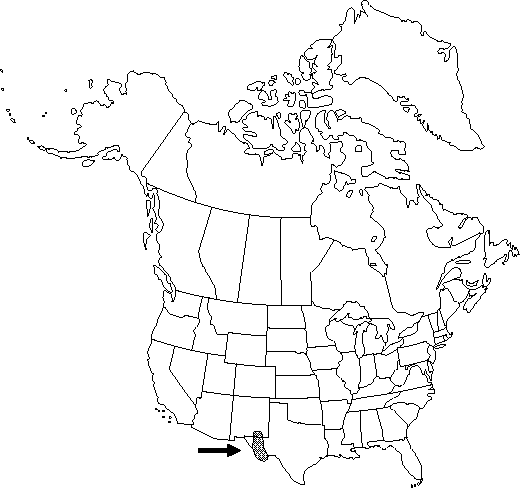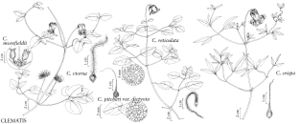Difference between revisions of "Clematis pitcheri var. dictyota"
Sida 8: 194. 1979.
FNA>Volume Importer |
FNA>Volume Importer |
||
| Line 11: | Line 11: | ||
|label=Selected by author to be illustrated | |label=Selected by author to be illustrated | ||
}} | }} | ||
| − | |basionyms={{Treatment/ID/ | + | |basionyms={{Treatment/ID/Basionym |
|name=Clematis dictyota | |name=Clematis dictyota | ||
|authority=Greene | |authority=Greene | ||
| + | |publication_title=Pittonia | ||
| + | |publication_place=5: 153. 1903 | ||
}} | }} | ||
|synonyms= | |synonyms= | ||
| Line 55: | Line 57: | ||
|publication year=1979 | |publication year=1979 | ||
|special status=Selected by author to be illustrated | |special status=Selected by author to be illustrated | ||
| − | |source xml=https://jpend@bitbucket.org/aafc-mbb/fna-data-curation.git/src/ | + | |source xml=https://jpend@bitbucket.org/aafc-mbb/fna-data-curation.git/src/f6b125a955440c0872999024f038d74684f65921/coarse_grained_fna_xml/V3/V3_406.xml |
|genus=Clematis | |genus=Clematis | ||
|subgenus=Clematis subg. Viorna | |subgenus=Clematis subg. Viorna | ||
Revision as of 19:53, 24 September 2019
Leaf blade mostly 2-pinnate or 2-ternate; leaflets often deeply lobed, mostly 3-4 cm, somewhat leathery. Flowers: sepals mostly 2-4 × 1-3 cm; stamens with filaments and extended connectives usually usually glabrous, occasionally with a few hairs. 2n = 16.
Phenology: Flowering spring–fall (Apr–Sep).
Habitat: Rocky sites
Elevation: 1200-2300 m
Distribution

N.Mex., Tex., Mexico (Coahuila).
Discussion
In typical Clematis pitcheri var. dictyota, the stamen filaments and the extended anther connectives are glabrous or nearly so, whereas in typical C. pitcheri var. pitcheri they are pubescent. In some parts of the range of the species, however, these character states are not well correlated with leaflet size and thickness.
The names Clematis filifera Bentham and C. pitcheri var. filifera (Bentham) R.O. Erickson have generally been applied to this variety or to a taxon consisting in large part of this variety, but the type specimen is referable to C. pitcheri var. pitcheri (W. M. Dennis 1979).
Selected References
None.
